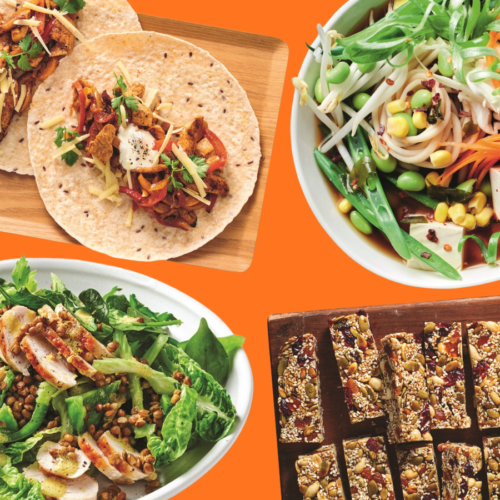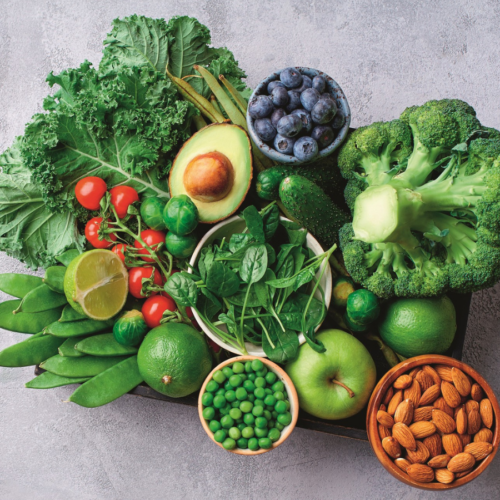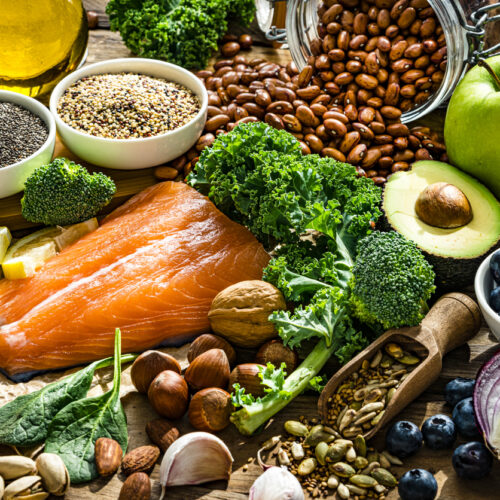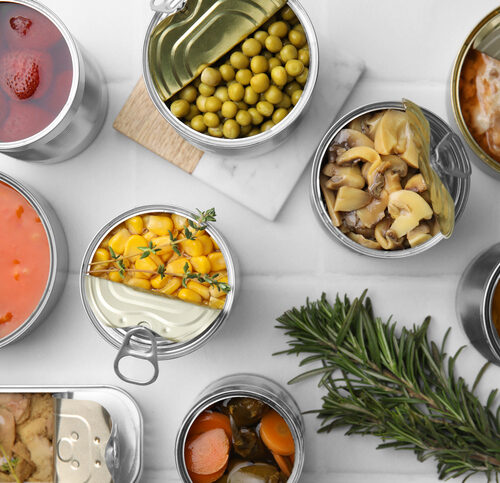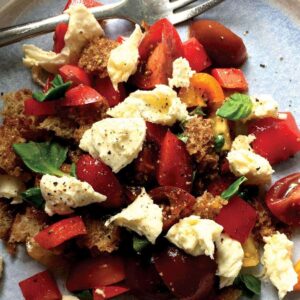
Colds and flu cost us in terms of medical visits, days off work and general discomfort. So how can we recover from a cold or flu quickly?
What to eat
Once they come on we can do little to reverse a cold or flu, but there may be a few ways to shorten the duration of sickness or to ease symptoms.
Get some C
You will often read advice about mega doses of vitamin C to prevent and reverse the symptoms of the common cold.
While it's recognised that vitamin C plays a role in boosting the respiratory system's defense mechanisms, there is still limited evidence to justify high-dose supplementation of vitamin C for most of us.
Rather than popping vitamin C supplements, eat more vitamin C-rich fruits and vegetables, aiming for at least five serves a day.
Most fresh fruits and vegetables contain some vitamin C, but those topping the list include blackcurrants, capsicum, kiwifruit, broccoli, strawberries, cauliflower and citrus fruits.
Think zinc
Zinc is a mineral shown to play an integral role in immune function and hindrance of viral growth.
Although it was once thought taking zinc lozenges could reduce the duration of cold symptoms, research has not supported this theory. In fact, too much zinc can compromise immune responses.
So to ensure a regular, moderate intake of zinc, eat foods such as lean meats and shellfish, low-fat dairy products, whole grains, beans and nuts.
Sip some soup
Several years ago, researchers in the US investigated the age-old adage of treating a cold with chicken soup. The study found that in addition to providing nutrition and hydration, the soup contained anti-inflammatory properties that could help ease chest infections.
They compared homemade and commercials soups, and while Mum's homemade soup might offer more emotional comfort, both kinds had therapeutic benefits.
Whether it's the vegetables, the chicken or their synergistic combination is unclear. Regardless, soup is good food for the ailing.
Keep fluids up
Fluids are especially important for easing cold and flu symptoms. Fluids prevent the nose and throat lining from drying, which keeps the mucus moist and easy to clear.
Warm liquids, in particular, can stimulate nasal clearance when sipped.
You may need more fluids than usual: symptoms such as fever, sweats, diarrhoea or vomiting that can further dehydrate.
Water, juice, soup and herbal teas are all good options. Limit intake of caffeinated beverages and alcohol as both can have a drying effect.
Other nutrients
Other nutrients considered to have immune-boosting properties include vitamin A, vitamin E and selenium.
Rich food sources of vitamin A, or its precursor ß-carotene, include eggs, milk, and vivid fruits and vegetables like carrots, silver beet and apricots.
Nuts, grains, vegetable oils and wheat germ provide vitamin E.
Sources of selenium are Brazil nuts, seafood, meat, and poultry.
Like vitamin C, all three are antioxidants that attack damaging free radicals that can hinder our immune systems.
Recovery foods
Once you feel better, recovery foods help get your immunity back into shape:
-
Vivid veggies and fruits like capsicum, spinach and oranges for vitamin C and ß-carotene
-
Whole grain bread products for vitamin E and zinc
-
Lean meat and seafood for zinc and selenium
-
Yoghurt and milk for vitamin A and zinc
-
Nuts and seeds for zinc and vitamin E
The bottom line
As with many health issues there are no quick food fixes or sexy miracle foods that can cure or prevent the common cold or flu.
When cold and flu season hits, nutrition and hydration play an important role in staying well and getting over a cold or flu.
Take a proactive nutrition approach this cold and flu season – enjoy a varied diet that emphasises heaps of colourful fruits and vegetables, moderate amounts of lean protein and whole grain foods, and small amounts of healthy fats and nuts.
www.healthyfood.com


